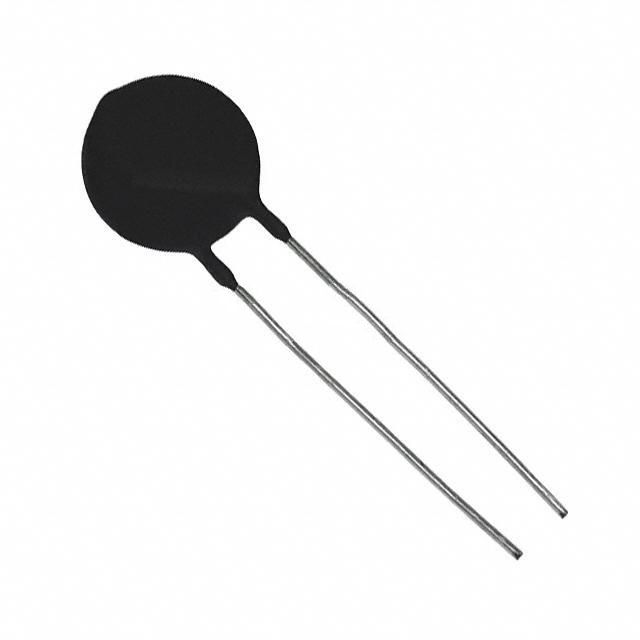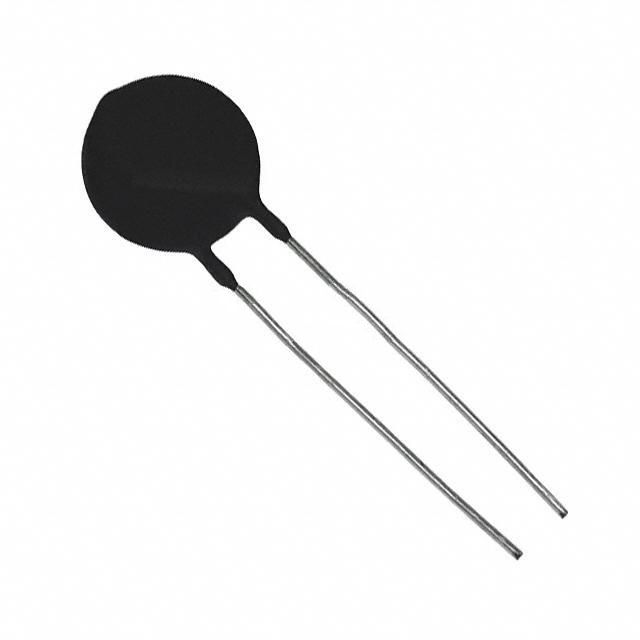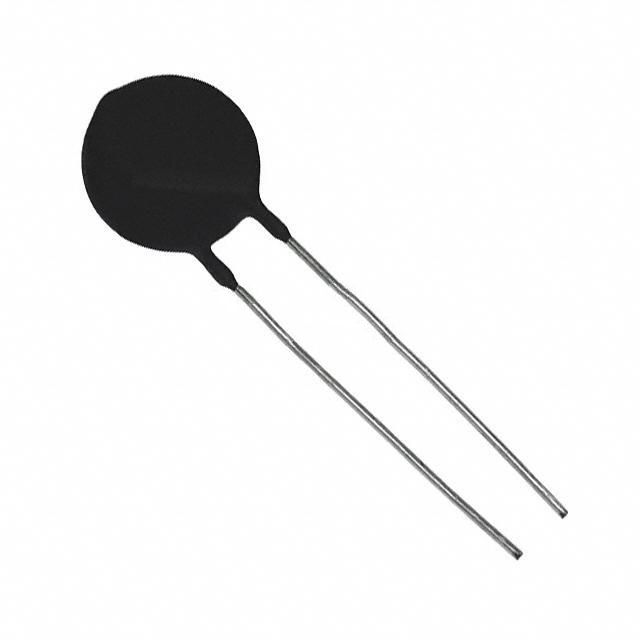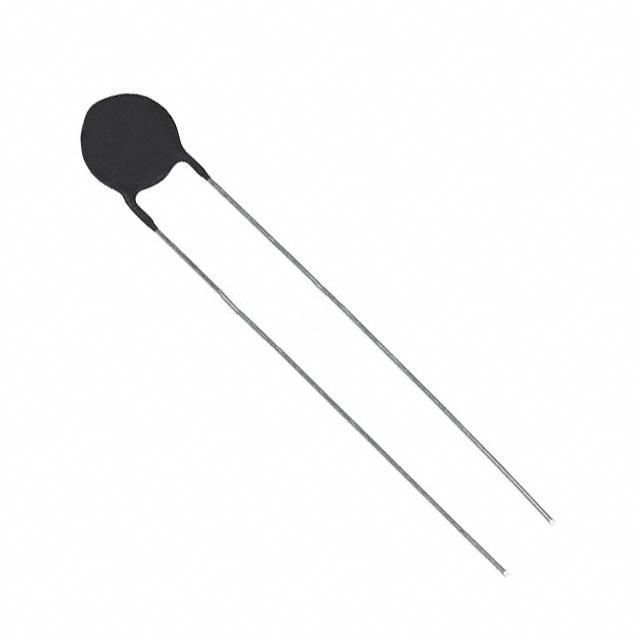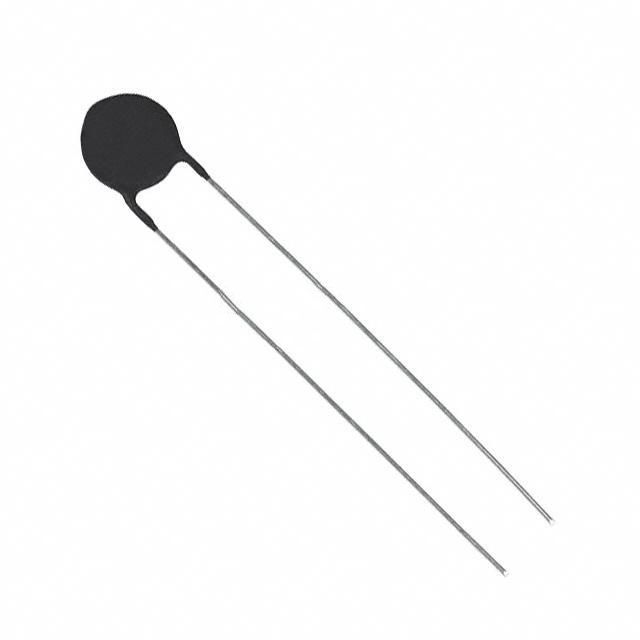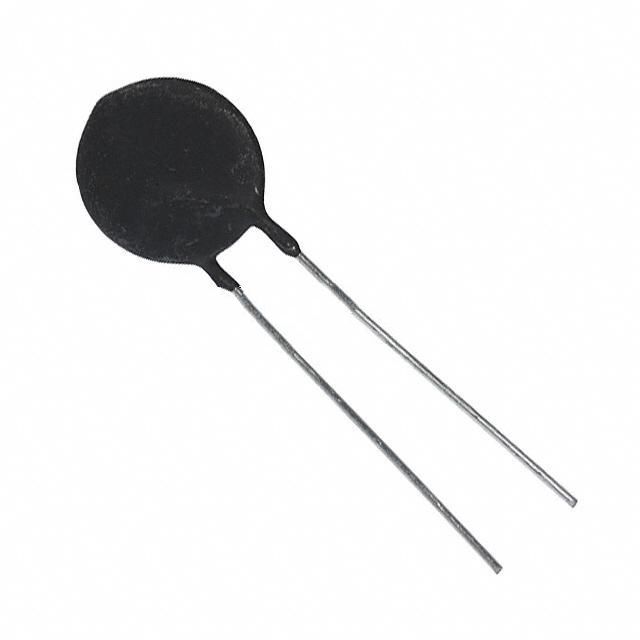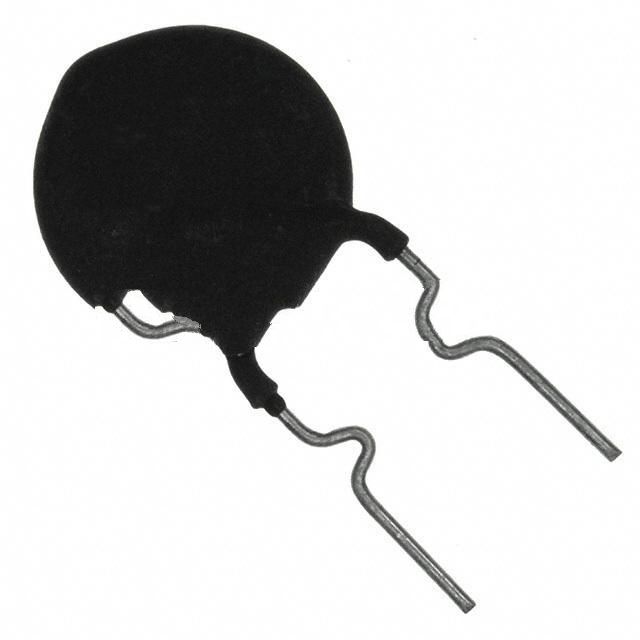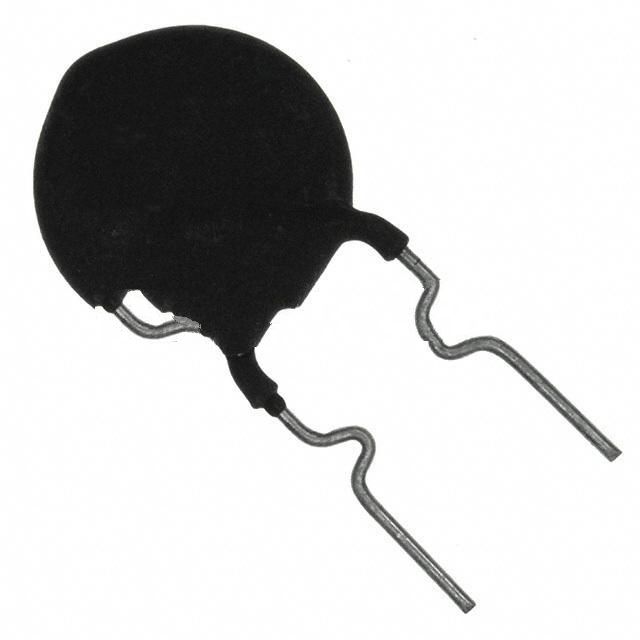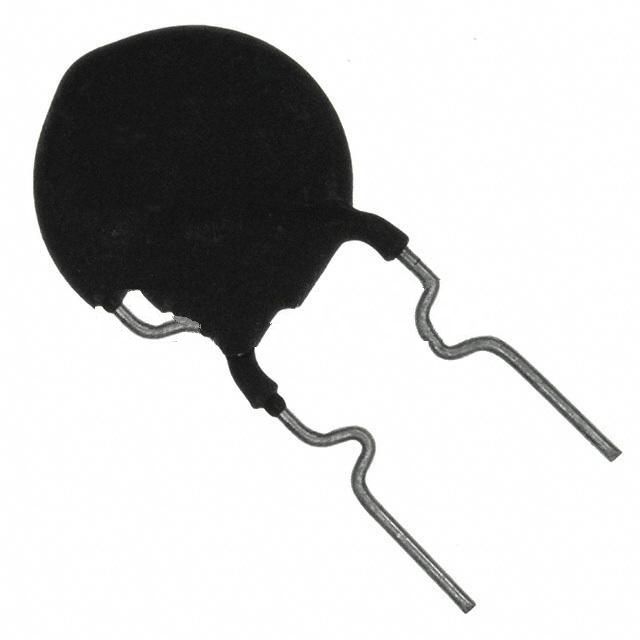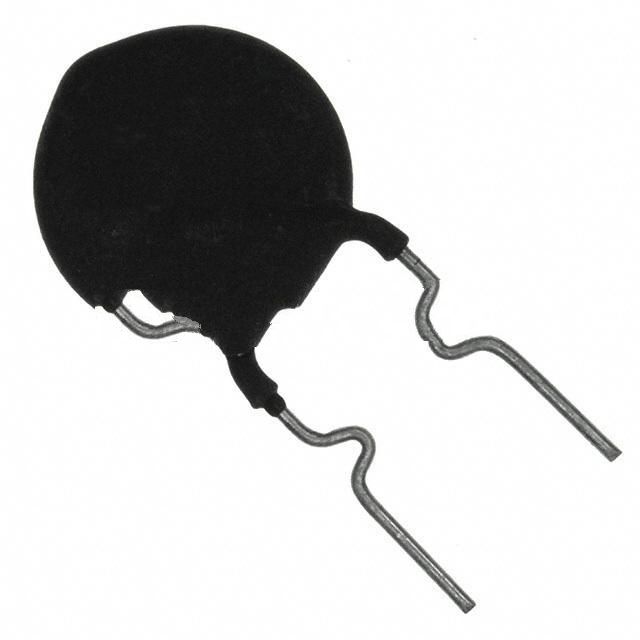medical sensor
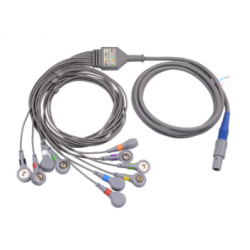
Medical sensors are conversion devices that convert physiological information of the human body into electrical information that has a definite functional relationship with it. They are that part of sensors used in the biomedical field. As a "sense" for picking up vital sign information, medical sensors extend the doctor's sensory organs and expand qualitative feelings into quantitative detection. They are key components of medical instruments and equipment.
Medical sensor classification
Medical sensors can be divided into: according to their working principles:
(1)Physical sensor
Sensors made using physical properties and physical effects. There are the most sensors of this type, such as metal resistance strain gauge sensors, semiconductor piezoresistive sensors, piezoelectric sensors, photoelectric sensors, etc.
(2)Chemical sensors
Sensors made using chemical properties and chemical effects. This kind of sensor generally converts certain chemical components, content, concentration and other non-electric quantities into corresponding electrical quantities through an ion-selective sensitive membrane. For example: different types of ion-sensitive electrodes, ion-sensitive field effect tubes, humidity sensors, etc.
(3)Biosensor
Sensors using biologically active substances as molecular recognition systems. This kind of sensor generally uses enzymes to catalyze a certain biochemical reaction or detect the type and content of macromolecular organic substances through some specific combination. It is a new type of sensor developed in the past half century. For example: enzyme sensors, microbial sensors, immune sensors, tissue sensors, DNA sensors, etc.
(4) Bioelectric electrode sensor
Various bioelectricity of the body (cardioelectricity, brain electricity, myoelectricity, neuron discharge, etc.)
Medical sensor use
1. Detection-Detect normal or abnormal physiological parameters. For example, patients with congenital heart disease must use a blood pressure sensor to measure intracardiac pressure before surgery to estimate the degree of the defect.
2. Monitoring - Continuously measure whether certain physiological parameters are within the normal range for timely forecasting. In the ICU ward, a monitor is used to continuously monitor the body temperature, pulse, blood pressure, respiration, ECG, etc. of critically ill patients.
3. Control - that is, using the detected physiological parameters to control the physiological processes of the human body. For example, when using a synchronized respirator to rescue a patient, the patient's breathing signal must be detected to control the movement of the respirator to synchronize with human breathing.
Basic characteristics of medical sensors
The basic characteristics of medical sensors refer to the relationship between the output and input of the sensor. It is the external characteristic of the sensor application, but the different internal structural parameters of the sensor affect or determine its different external characteristics.
1. Static characteristics
The static characteristics represent the relationship between the sensor's output and input when the measured physiological quantity is in a stable state. Generally, it presents a nonlinear relationship. In engineering applications, static characteristics are required to be as linear as possible.
The main indicators to measure the static characteristics of the sensor are linearity, sensitivity, hysteresis, repeatability, resolution, zero point drift, temperature drift, etc.
2. Dynamic characteristics
The dynamic characteristics of the sensor refer to the response (output) characteristics of the sensor to excitation (input). A sensor with good dynamic characteristics, under the action of a dynamic (rapidly changing) input signal, can not only accurately measure the Pa value of the signal, but also quickly and accurately respond to changes in signal amplitude and reproduce the measured signal over time without distortion. changing waveform.
Basic requirements for medical sensors
As an important branch of sensors, the design and application of medical sensors must consider the influence of human factors, the particularity and complexity of biological signals, and the biocompatibility, reliability, and safety of biomedical sensors.
1. The sensor itself has good technical performance, such as sensitivity, linearity, hysteresis, repeatability, frequency response range, signal-to-noise ratio, temperature drift, zero point drift, sensitivity drift, etc.
2. The shape and structure should be compatible with the anatomical structure of the tested part, and the damage to the tested tissue should be minimal when used.
3. The impact on the tested object should be small, it will not burden physiological activities, and it will not interfere with normal physiological functions.
4. It has sufficient firmness and will not fall off or be damaged when introduced into the area to be tested.
5. There must be sufficient electrical insulation from the human body to ensure human safety. ;
6. When entering the human body, it can adapt to the chemical effects in the organism, is compatible with the chemical components in the organism, is not easily corroded, has no adverse irritation to the human body, and is non-toxic.
7. If the sensor enters the blood or is buried in the body for a long time, it should not cause blood coagulation.
8. The sensor should be simple to operate, easy to maintain, and structurally convenient for disinfection.
edit author:
 Jinftry(Hong Kong registered company name: JING FU CAI (HONGKONG) INTERNATIONAL CO., LIMITED) is an electronic parts distributor selling latest electronic components including integrated circuits, IC electronics, IC integrated circuits, IGBT, IGBT modules, button battery Microcontrollers ,discrete te semiconductors, circuit protection, capacitors, resistors, Inductor, potentiometers, transformers, isolators, crystals , oscillators, resonators, power managers, connectors, switches, relays, sensors, optoelectronic devices, diodes, and various batteries. Welcome to purchase electronic components from brand manufacturers. To view the solutions, you can log in to https://www.jinftry.com/ for inquiries
Jinftry(Hong Kong registered company name: JING FU CAI (HONGKONG) INTERNATIONAL CO., LIMITED) is an electronic parts distributor selling latest electronic components including integrated circuits, IC electronics, IC integrated circuits, IGBT, IGBT modules, button battery Microcontrollers ,discrete te semiconductors, circuit protection, capacitors, resistors, Inductor, potentiometers, transformers, isolators, crystals , oscillators, resonators, power managers, connectors, switches, relays, sensors, optoelectronic devices, diodes, and various batteries. Welcome to purchase electronic components from brand manufacturers. To view the solutions, you can log in to https://www.jinftry.com/ for inquiries

